Several minerals are of particular importance in implementing the green transition. This applies to minerals are critical in climate and environmentally friendly energy production, minerals which are used directly in environmental applications, and which are of vital importance for modern technology. Many elements and minerals with unique properties are necessary for renewable energy, heat management, water purification, and carbon capture technologies. They are termed “green minerals” and will describe some of the important applications here.
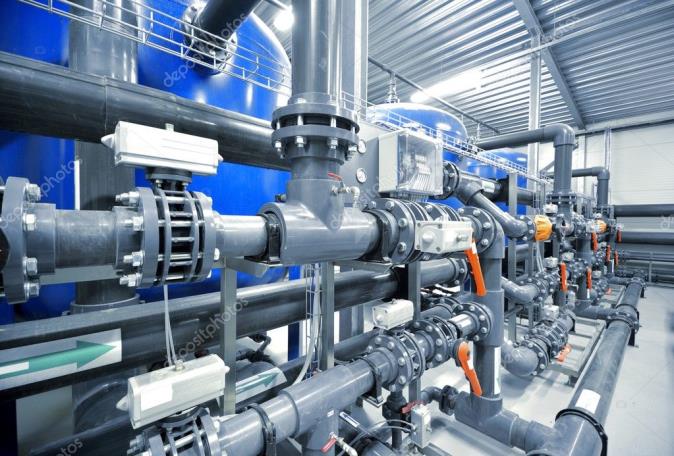
Soda ash can be used to adjust the pH and soften water. Most tap and well water in the US is not safe for consumption because of industrial and environmental pollution. Adding soda ash to wells and water pipes can clean the toxins from the water to make it safe for consumption. A major use of soda ash is to clean air and soften water. Soda ash does this through the removal of sulfur dioxide and hydrochloric acid from stack gases (gas passing through smokestacks).
Calcium Carbonate is also used as a neutralizing agent to de acidify bodies of water from altered pH levels caused by acidic rainfall or runoff from mines.1 Semidol (made from calcium carbonate) removes carbonic acid and filters impurities from drinking water. It corrects low pH levels and protects water infrastructure from corrosion.
Diatomite is commonly used to remove bacteria and protozoa from water in public water systems. A significant example was in WWII when the US troops needed quick and clean water.
Perlite acts as a filter to clean storm water and waste spills to help protect land and water ways.
Persistent organic pollutants (POPs) are compounds of great concern due to their toxicity, persistence, long-range transport ability and bioaccumulation in animals. Adsorption is recognized as an effective and low-cost technique for the removal of organic pollutants from water. Activated carbon combined with organoclays due to their high surface area and molecular sieve structure, are highly effective adsorbents for organic contaminants.2 Bentonite clay can be made into organoclays by treating it with oil-wetting agents during manufacturing. Bentonite is widely used in water and wastewater treatment technologies to absorb various contaminants (mostly dyes) to make the water safe to use and drink.
Salt is a primary component of the ion exchange process, which softens water. Soft water is beneficial in removing limescale (reducing clogged showerheads and dirty bathtubs, sinks, and toilets), extends the life of appliances (e.g., dish washers & washing machines), reduces water consumption and cleaning time, improves drinking water quality, leads to softer skin and hair, produces cleaner clothes, and provides for more effective heating saving money.3 Using a water softener containing salt can greatly lower energy costs and therefore households carbon footprints.4
Bentonite is used to remove heavy metals, phenols, and fluorine, which are considered highly toxic and the EPA classifies them as “human carcinogens.”

Ceramic Tiles – In the U.S., the demand for ceramic tiles is anticipated to accelerate over the projected period owing to increasing demand from single-family house construction and strengthening residential replacement in the country. Regulations by the U.S. Green Building Council has mandated the use of eco-friendly construction materials, thereby positively influencing the industry growth.5 Porcelain ceramic tiles also offer mold and bacteria resistance thereby enhancing its long-term value in the floor covering. The protective layer on the glazed ceramic tiles also makes them highly water resistant, thereby increasing its utility in humid conditions. Thus, these ceramic tiles increasingly used for applications in wet areas such as bathrooms, kitchens, and laundry rooms.
Roofing Shingles – California Title 24 requires that roofing systems must reflect more than 70% of the sun’s heat to reduce the electricity required to cool buildings. Asphalt shingles have small granules that can reflect most of the sun’s heat. The asphalt roofing industry invented a coating system.6 They coat feldspar granules with a highly reflective white ceramic. They use calcinated kaolin fired to make this white ceramic coating. This coating attains somewhere between 80 to 92% reflectance which ultimately reduces the building’s heat load, exceeding California’s requirement. cool roofing granules are used in shingles to be energy efficient, solar reflective and economically friendly. They are formed with a highly reflective ceramic coating, which also contains wollastonite.
Currently, Austin, Chicago, Chula Vista, Dallas, Denver, Houston, Miami Beach, New York, Philadelphia, and Washington D.C. have all implemented the cool roof ordinance as well. The cool roof ordinance, with the help of these cool roofing granules intends to improve air quality by reducing formation of ozone, prevent power outages, reduce electricity bills, curb greenhouse gas emissions, and more.7
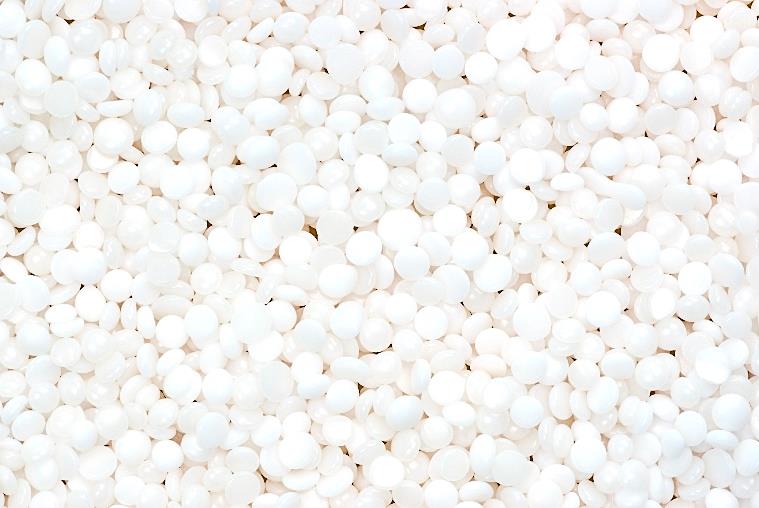
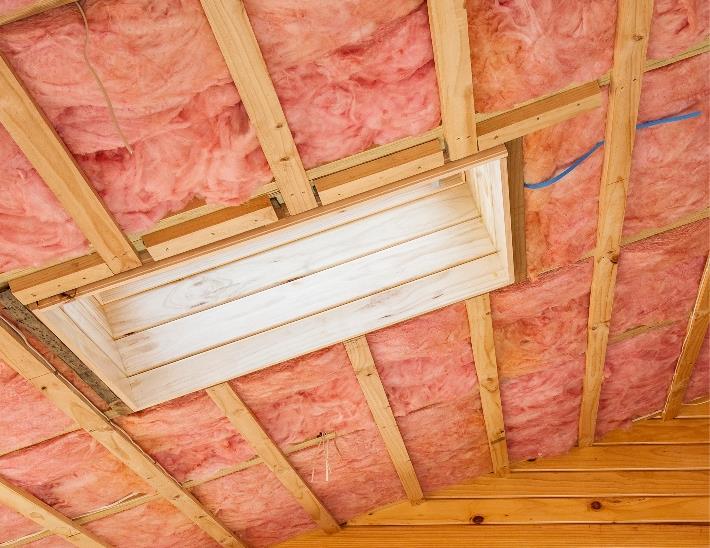
Ultra-White Paint – Scientists have developed a light-reflecting “ultra-white” paint, which could negate the need for air conditioning and even reduce carbon emissions, if used on a mass scale. The paint can reflect up to 98% of sunlight and can keep surfaces up to 19 degrees Fahrenheit cooler than their ambient surroundings. Ultra-white paint is made from barite (barium sulphate), which is also used in the production of cosmetics and photo paper.
Fiberglass Insulation – Minerals used in the creation of glass fiber are like those employed in the creation of other forms of glass: Silica sand, limestone, soda ash, borates, kaolin, lithium minerals, potash, feldspar, fluorspar and sodium sulfate. Fiberglass is very cost effective for building insulation, effectively making a non-circulating air gap between the walls.
Window Glass – High-energy-efficient windows are made from quartz (silica). These efficient windows are essential to enabling the construction of zero-energy buildings.
Extremely pure quartz is a vitally important resource for solar cell producers and in the semiconductor industry. The solar cell industry requires highly refined raw materials, including very pure quartz.
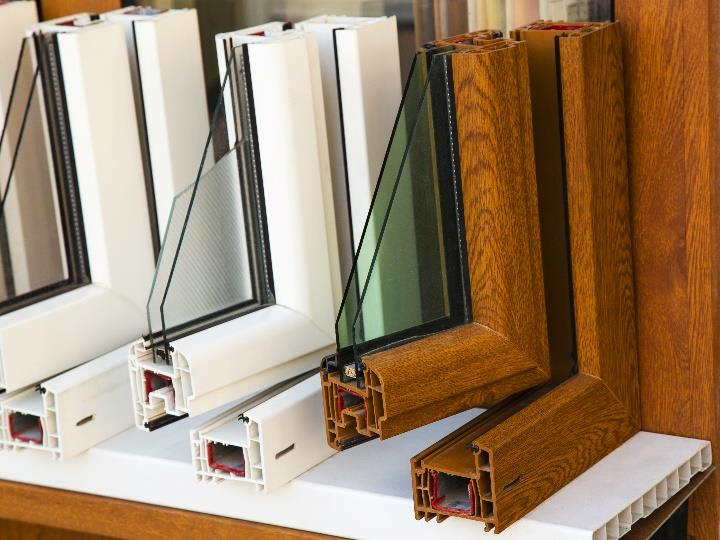
Photovoltaics – Soda lime silica glass has exhibited good weatherability over periods of time (over 16 years) to cover photovoltaic arrays, which are the source of energy for solar panels. From the JPL research, soda lime glass with low iron content is better for solar panels because of high transmissivity and low cost.8
Quartz is a crucial mineral in solar panel production. It is a main mineral in the photovoltaic industry to produce monocrystalline silicon solar cells—which are the highest efficiency among photovoltaic products. Photovoltaics can generate electricity and be used to power anything from small electronics to homes and big businesses. PV products can last 20-30 years but can be reused or refurbished if recycled properly. Solar energy is one of the best-known renewable energy sources, as it is extremely efficient and easy to install. According to the Solar Energy Industries Association, over 2.8 million US households have gone solar.9 The Bloomberg New Energy Finance estimate that by 2030, 72 million homes will use solar systems, while 34 million will benefit from microgrids and other forms of decentralized energy systems.10
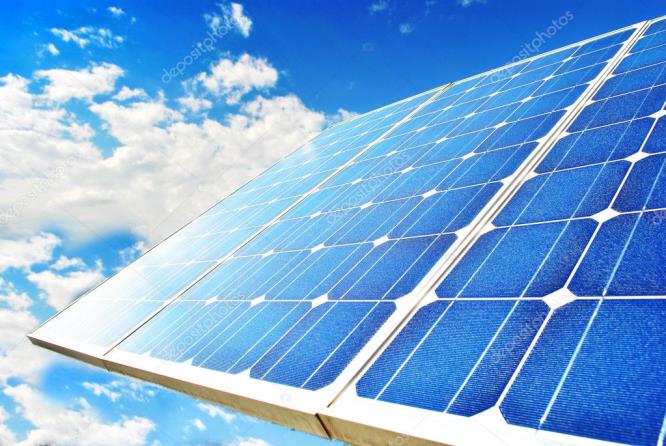
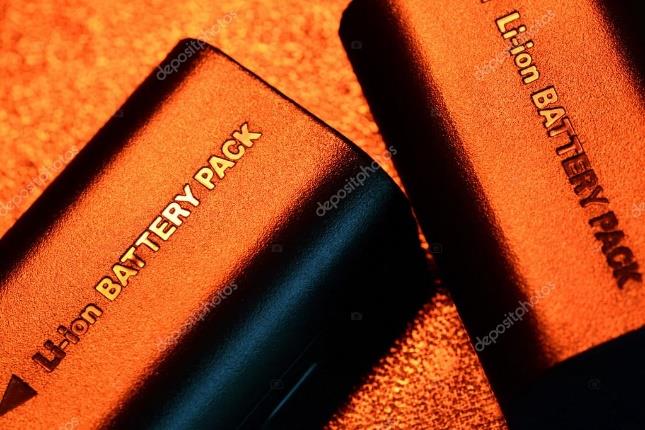
Rechargeable Batteries – Soda ash is used in the production of lithium carbonate, which is then used for lithium-ion batteries. Lithium-ion batteries have inherently safer chemistry, more lightweight (50-60% less weight), longer lives, consistent power, temperature tolerant, and more compared to other battery types.
Roads – The gilsonite modifier, reduces asphalt road construction project costs, while also providing health, safety, and environment improvements. Gilsonite lower high temperature viscosity, lower water content, and fewer volatile materials enables it to produce significantly less fumes during asphalt production. It provides an average 50% reduction in carcinogenic MAK (“Maximale Arbeitsplatz-Konzentration”: maximum workplace concentration) values compared to TLA (Trinidad Lake Asphalt). Production requires 80% less gilsonite, reducing project costs by 10%.11
Salt is an all-natural source of road protection during snowstorms to significantly reduce the number of automobile accidents, and other ice related problems. Research performed at the University of Waterloo12 observed an overall reduction of 51% in the collision rate before and after salt application. A total of 65% reduction was associated with the operations combination of plowing and salting.
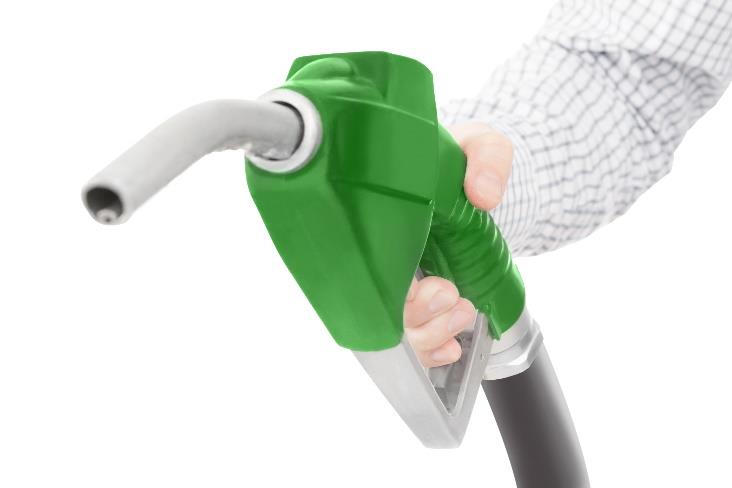
Oxidation Catalytic Converters (OCCs) – OCCs are used to reduce the quantity of carbon monoxide and hydrocarbons in diesel exhaust. Oxidation catalytic converters also decrease the soluble organic fraction of Diesel Particulate Matter (DPM) as well as gas phase hydrocarbons, which can reduce DPM emissions by up to 50 percent. White talc is often used in automotive exhaust catalytic converters. These contain honeycomb cordierite ceramic bodies synthesized from talc.
Improved Automobile Efficiency – Talc is useful in reducing automobile weight by 100kg/220lbs leads to a reduction of 4g/km CO2 for thermal engines. Talc combined with polypropylene can reduce the weight of cars unlike pure metals.
Biofuels – Biodiesel is an alternative fuel source for regular fossil diesel. In the 2000s, biodiesel did not meet its qualifications because of the impurities. Diatomite is used to filter out these impurities in the biodiesel.
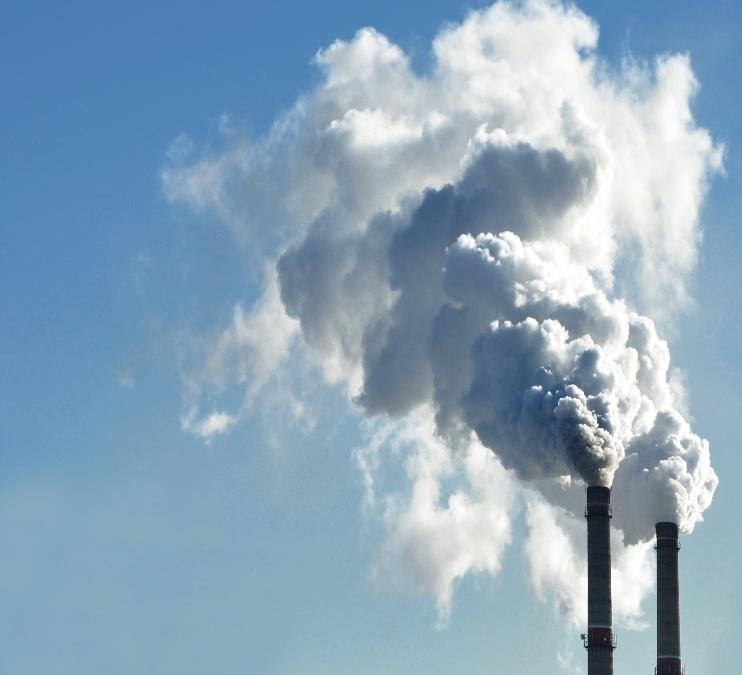
Smokestack Gas Desulphurization – Calcium Carbonate can be used in flue gas desulphurization to eliminate harmful SO2 and NO2 emissions from coal and fossil fuels. SO2 removal in energy production, slag control and heat transfer, scrubbers in marine shipping.13
Dust Control – Calcium carbonate products can be used to mitigate coal dust explosions, which can cause black lung disease.
Insecticide – Diatomite is used as an environmentally friendly insecticide, used in pet products to combat malaria.14
Oil Spill Removal – Because of the high absorbency, diatomite can hold approximately 145% of its weight in oils. This is used in machine shops for oil spills, garages, service stations, around diesel motors and fuel tanks, in restaurants, in packaging plants, and onboard ships around the engine room.15
Radioactive Waste – Bentonite acts as a buffer for high level radioactive waste disposal.
Paper Cups – Most paper cups from coffee shops are not entirely made from paper and therefore cannot be recycled. It is estimated that 16 billion cups are used each year and only 1% can be recycled because the cups have a thin synthetic plastic layer acting as a sealant. However, talc and clays such as kaolin can be used as an alternative to the plastic sealants to make the paper coffee cups recyclable.
Plastic Reinforcement – Heritage Plastics studies show that using a 40% calcium carbonate plastics product can save approximately 23% greenhouse gases.16
Pharmaceutical Safety – Calcined kaolin clay combined with talc can provide a safe barrier from contaminants in medications. The rubber pharmaceutical stoppers mitigate the risk of contamination, provide a longer shelf life, reassure patients their medication is safe, and make patients’ lives easier.
Water Retention – Ball clay pellets can be used as a cool mineral mulch, an additive to soil since they increase water retention and drainage.
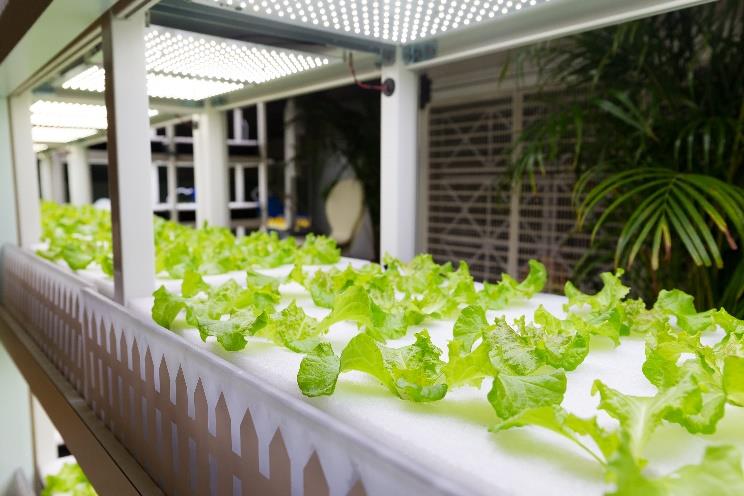
Hydroponics – Ball clay pellets are used frequently in hydroponics (no soil agriculture) as well and have many benefits. They retain moisture to keep plants hydrated while saving water. They also increase aeration as they are lightweight and don’t suffocate the plants unlike some other fertilizers. The pellets provide reliable drainage to collect excess water and store for later use. They are environmentally friendly with no harmful gasses used in the production and are completely natural. The pellets have a long-life cycle.17
Hydroponics are beneficial in it of itself as they produce higher yields than traditional soil-based agriculture, allow food to be grown and consumed in areas that cannot support soil crops, eliminate the need for massive pesticide use. All of this makes our air, water, soil, and food cleaner and more environmentally friendly.
In horticulture, perlite can be used as a soil amendment or alone as a medium for hydroponics or for starting cuttings. When used as an amendment, it has high permeability and low water retention and helps prevent soil compaction.
Reduction in Chemical Fertilizers – Perlite is used in greenhouses as a substitute for synthetic and chemical fertilizers.
Reduced Pesticide Use – The Cytokin Bioregulator Concentrate uses calcium carbonate to help stimulate plant growth and reduce pesticides by adding a layer of protection to the plants in agriculture industries.
Mineralization – CO2 mineralization is the transformation of atmospheric CO2 into carbonate minerals by a multi-step process that starts with rocks and minerals at the Earth’s surface slowly dissolving into weakly acidic rainwater and groundwater. This dissolution process is also referred to as “rock weathering.” Dissolved rock material is transported to the oceans by rivers, adding calcium, magnesium, and other minerals to ocean water, and eventually causing carbonate minerals to form and accumulate on the ocean floor as limestone.
The application of carbon mineralization for CO2 removal requires finding ways of improving the conversion effectiveness and the rate of the natural rock weathering process. Two potential pathways for carbon mineralization include:

Conceptually technologically enhanced surface carbon mineralization involves the following steps: quarrying certain types of rocks that can dissolve relatively quickly when exposed to atmospheric CO2, grinding the rock to fine sand to increase the surface area per unit mass, and spreading it out in agricultural and other areas where it will be naturally exposed to air, rainwater, and groundwater. This application of finely crushed rock could result in direct formation of carbonate minerals or enhancement of the alkalinity of rivers, ultimately resulting in an increase of ocean pH and enhanced carbonate mineral formation in the oceans. Adding alkalinity to the oceans would act to partially counteract acidification of the oceans due to direct dissolution of atmospheric CO2 into the oceans.
Oxide looping is a carbon reduction method that leverages the high reactivity of calcium (Ca) or magnesium (Mg) oxides and hydroxides to remove CO2 from air. The starting materials are pure calcium or magnesium carbonate minerals. Heating them to temperatures of approximately 900°C and 600°C, respectively, produces solid calcium oxide or magnesium oxide and CO2. The CO2 released during heating would then be captured and sequestered or used.18
Calcium-based wollastonite is a prime candidate for enhanced mineralization. Calcite (calcium carbonate) or magnesite (magnesium carbonate) may prove to be excellent reaction-materials for Ca and Mg looping.
Mineral Storage of CO2 – The average global temperature has been increasing by 33.4°F over the past 200 years. The main reasons for this rise in temperature is greenhouse gases, such as carbon dioxide (CO2.), methane (CH4), and nitrous oxide (NO2.), with CO2. being the worst of them. Bentonite can be used in the mineral storage of CO2. by the process of carbonation feedstock.
Mineral storage based on carbonation is a promising carbon capture and storage (CCS) method for long-term storage of CO2. Carbon dioxide is stored through mineral trapping mechanism that requires the participation of cations, including Ca2+, Fe2+, and Mg2+, that can form stable solid carbonate phases.19 Processing accelerates the natural weathering of silicate minerals, where these minerals react with CO2 and form carbonate minerals.
The chemical reactions inducted by CO2 injection are described by the following reactions:
– CO2 (gas) + H2O → H2CO3 → H+ + CO3–
– HCO3– + M2+ → MCO3 (solid) + H+
– where: M2+ = Ca2+ , Mg2+ , Fe2+ ….
Weathering of alkaline rocks, such as alkaline or alkaline earth silicates is thought to have played a great role in the historical reduction of the atmospheric CO2 content.
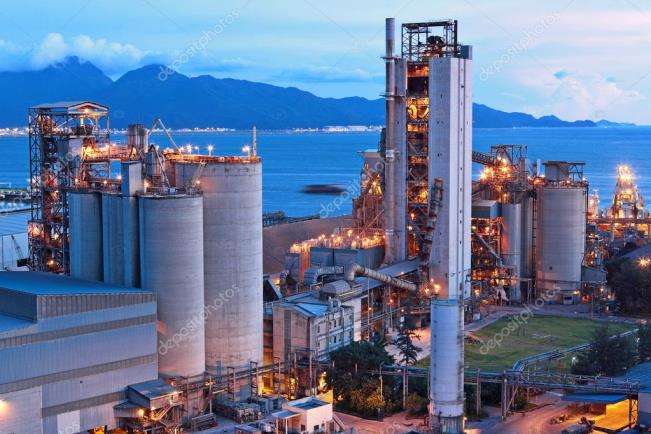
CO2 Release from Cement – The production of concrete is responsible for as much as 8 percent of annual CO2 emissions. Approximately 816 kg of CO2 is emitted in the production of one tonne of Portland cement. Concrete manufacturers know this is a problem and have been looking for ways to reduce the footprint before a serious carbon tax is imposed. Carbon emissions come from two sources; about half comes from the heating of the kiln, and about half from the chemical reaction that makes cement into concrete.
Concrete block manufacturers have started to use Wollastonite to have reduce CO2 emissions. Wollastonite is a calcium meta-silicate (CaSiO3) mineral with particles like cement particles by size. Wollastonite absorbs quite a bit of CO2 when it reacts in the formation of concrete. They add wollastonite with carbon dioxide to form calcium carbonate and silica:
CaSiO3 + CO2 → CaCO3 + SiO2 or Wollastonite (calcium meta-silicate) + Carbon dioxide = Calcium Carbonate + Silica. This reaction consumes carbon dioxide from the atmosphere to form concrete.20
The mechanical properties of the resulting concrete are improved by the addition of wollastonite.21 The substitution of 10–15% cement by wollastonite resulted in improved strength (>2X) and durability of the concrete. There was also reduced porosity with a densified concrete microstructure. The wollastonite micro-fibers are an effective reinforcement for improving the flexural strength characteristics of the cement systems. The higher strength and toughness may also permit a reduction in thickness of the final structure resulting in less cement required.
Unfortunately, there is presently a supply mismatch between worldwide available cement and wollastonite. Wollastonite is not available in volumes that could meaningfully impact the carbon footprint associated with the cement and concrete industries. The global cement consumption volume is expected to reach 4.42 billion tonnes in 2021. The estimated world production of crude wollastonite ore was in the range of 700,000 to 720,000 tonnes in 2016 and the world reserves of wollastonite were estimated to exceed 100 million tonnes. However, many large deposits have not been surveyed yet.
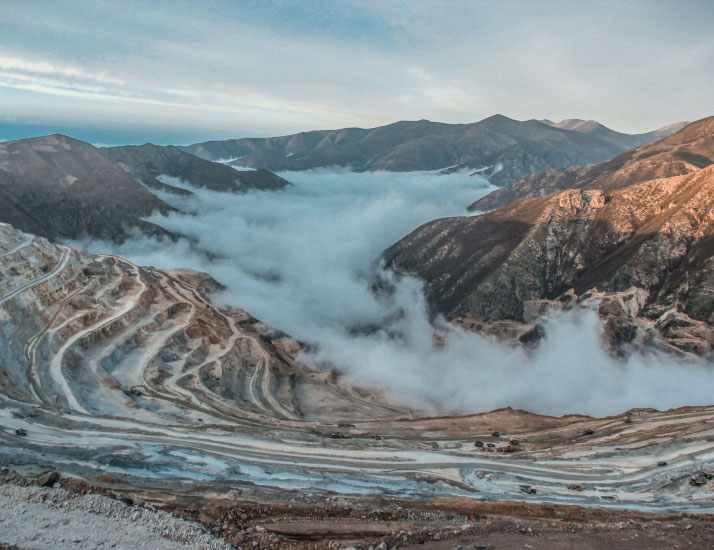
https://www.congcal.com/markets/environmental/?doing_wp_cron=1625589646.6111879348754882812500
M.N. Rashed, Chapter 7. Adsorption Technique for the Removal of Organic Pollutants from Water and Wastewater, Organic Pollutants – Monitoring, Risk and Treatment Intech, January 2013
North East Water Softners
Constellation Energy Blog
Ceramic Tiles Market Size, Share & Trends Analysis Report by Product (Glazed Ceramic, Porcelain Tiles), By Application (Wall, Floor), By End Use, By Region, And Segment Forecasts, 2020 – 2027
Eric L. Sexauer and M.W. Kolb, Highly reflective roofing system, Patent No US 9,303,407 B2, April 5, 2016.
https://www.3m.com/3M/en_US/roofing-granules-us/products/cool-roofing-granules/
https://www.osti.gov/servlets/purl/5600970
https://www.seia.org/initiatives/recycling-end-life-considerations-photovoltaics
Bloomberg New Energy Finance Report
https://www.americangilsonite.com/news/gilsonite-hma-modifier-reduces-asphalt-road-construction-project-cost-while-providing-hse-improvements/
Liping Fu, Tae J. Kwon, Chapter 8: Mobility Effects of Winter Weather and Road Maintenance Operations pp. 131-155, in Sustainable Winter Road Operations, Editors: Xianming Shi, and Liping Fu, John Wiley & Sons Ltd., 2018.
Omya
Imerys
Dicalite
https://blog.impactplastics.co/blog/5-reasons-to-use-calcium-carbonate-filled-polypropylene-sheet
E.J. Moniz, et al, Rock Solid – Harnessing Mineralization for Large-Scale Carbon Management, Frontiers of CDR, Energy Futures Initiative, Dec. 2020.
Petr Ptáček, et al, Activation of Bentonite and Talc by Acetic Acid as a Carbonation Feedstock for Mineral Storage of CO2, Atomic Absorption Spectroscopy, January 2012
N. DeCristofaro, Utilization of CO2 in High Performance Building and Infrastructure Products, USDOE Final Report. DE-FE0004222, June 2016.
N.M.P. Low, et al, Mechanical Properties of High-Strength Cement Binders Reinforced with Wollastonite Micro-Fibers, Cement and Concrete Research, Vol 22, Issue 5, September 1992.